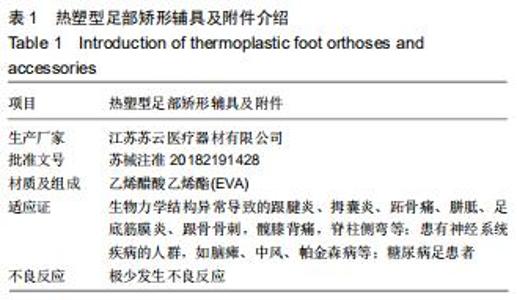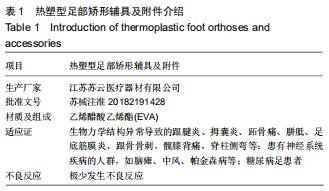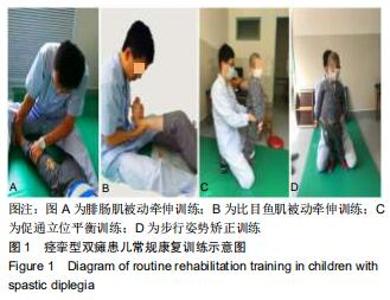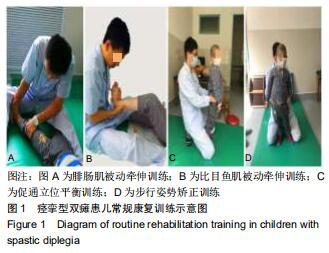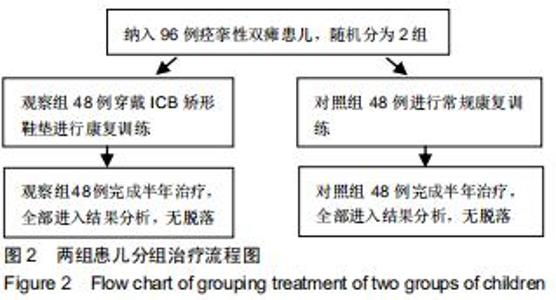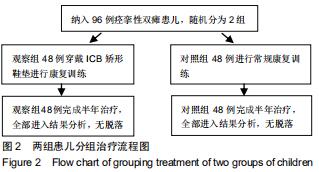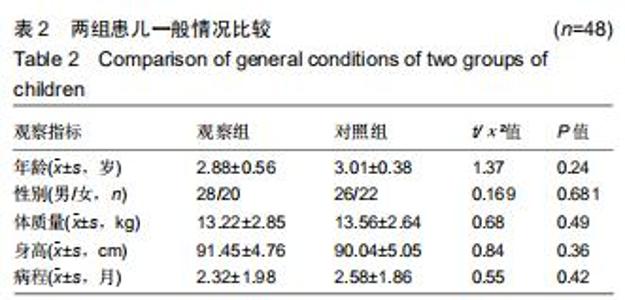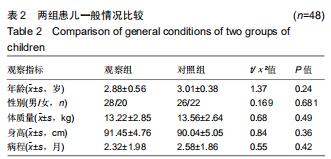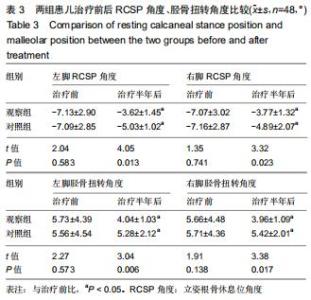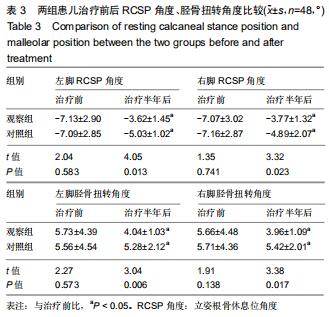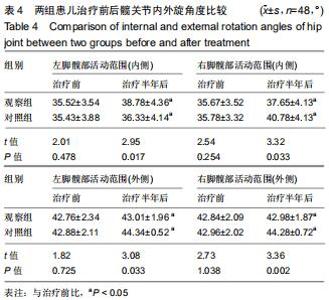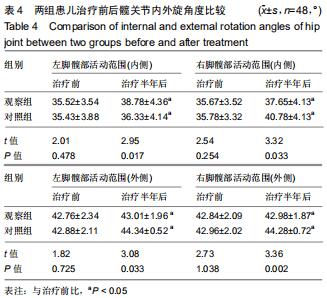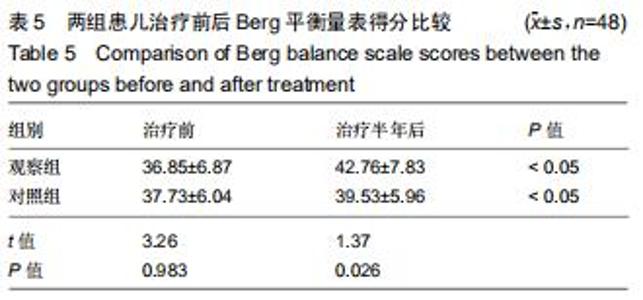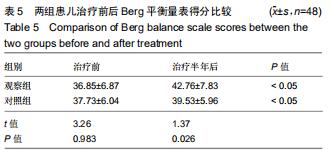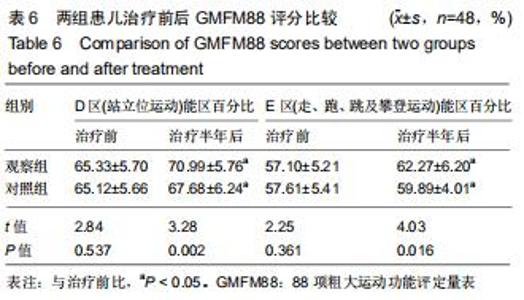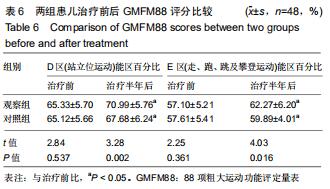|
[1] 赵会玲,李晓捷.脑性瘫痪的病因学研究进展[J].中国康复医学杂志,2018, 33(3):369-373.
[2] BAR-ON L, MOLENAERS G, AERTBELLEN E, et al. Spasticity and its contribution to hypertonia in cerebral palsy. Biomed Res Int. 2015: 2015:317047.
[3] PANTELIADIS CP, HAGEL C, KARCH D, et al. Cerebral Palsy: A Lifelong Challenge Asks for Early Intervention. Open Neurol J. 2015;9: 45-52.
[4] 徐玲,杨亚丽,王纪文,等.小儿脑性瘫痪的流行病学研究进展[J].中华物理医学与康复杂志,2013,35(3):227-228.
[5] 李威,章荣,罗亚玲,等.步态诱发功能性电刺激改善痉挛型双瘫型脑瘫患儿下肢运动功能的疗效观察[J] .中国康复医学杂志,2013,28(12):1126-1130.
[6] YOON HK, PARK KB, ROH JY, et al. Extraarticular subtalar arthrodesis for pes planovalgus:an interim result of 50feet in patients with spastic diplegia.Clin Orthop Surg.2010;2(1):13-21.
[7] CASS AD, CAMASTA CA. A review of tarsal coalition and pes planovalgus:clinical examination, diagnostic imaging,and surgical planning.J Foot Ankle Surg.2010;49(3):274-293.
[8] 南登昆,缪鸿石.康复医学[M].北京:人民卫生出版社, 2000:130-132.
[9] 韩秀兰,许轶,王楚怀,等.ICB鞋垫矫泊对慢性非特异性下背痛患者的治疗作用[J].中国康复医学杂志,2014,29(11):1066-1069.
[10] 李晓捷,唐久来,马丙祥,等.脑性瘫痪的定义、诊断标准及临床分型[J].中华实用儿科临床杂志,2014,29(19):1520.
[11] SMITH PS, HEMBREE JA, THOMPSON ME. Berg Balance Scale and Functional Reach: determining the best clinical tool for individuals post acute stroke.Clin Rehabil.2004;18(7):811-818.
[12] 任永平,魏玲,蔡方成.婴幼儿脑性瘫痪运动功能量表及其评价[J].中华理疗杂志,1995,11(18):216-218.
[13] 王素娟,史惟,廖元贵,等.GMFM88 在 0~3岁脑性瘫痪患儿粗大运动评估中的信度和效度研究[J].中华流行病学杂志,2006,27(6): 530-534.
[14] 吴鹤鸣,李鸣.选择性脊神经后根切断术治疗痉挛性脑瘫现状及其进展[J].中国临床研究,2015,28(4):529-531.
[15] ALEXANDER S, KANEKAR AN. Effect of a textured insole on balance and gait symmetry. Exp Brain Res.2013;231(2):201-208.
[16] 任书信.踝足矫形鞋对痉挛型脑性瘫痪患儿尖足的矫治:1年随访[J].中国临床康复,2005,7(18):35-46.
[17] JONES RK, ZHANG M, LAXTON P, et al.The biomechanical effects of a new design of lateral wedge insole on the knee and ankle during walking.Hum Mov Sci.2013;32:596-604.
[18] 韩秀兰,许轶,王楚怀,等.ICB鞋垫矫泊对慢性非特异性下背痛患者的治疗作用[J].中国康复医学杂志,2014,29(11):1066-1069.
[19] 翟亚东,熊道海,李长江,等.ICB矫形鞋垫对膝关节骨性关节炎患者平衡能力的疗效[J].中国康复,2017,32(5):428-430.
[20] 孙二亮,袁俊英,朱登纳,等. 矫正鞋垫对脑瘫儿童平衡能力及粗大运动功能的影响[J].中华物理医学与康复杂志,2018,40(2):129-131.
|
